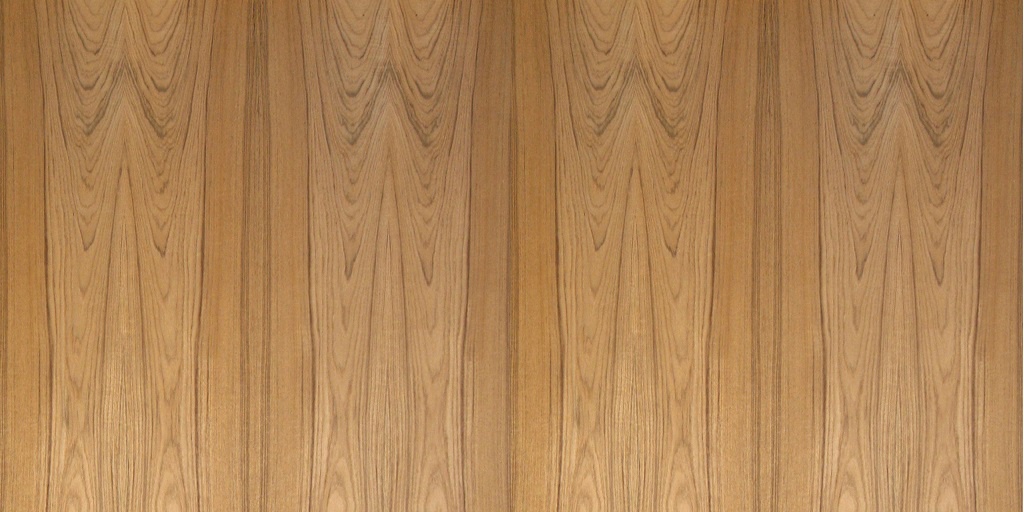Thinking about redoing some cabinetry with wood veneer? Or maybe using some to create wall panels?
There’s nothing quite as luxurious as the rich luster of a beautifully finished wooden surface, especially when it’s a focal point of interior design.
This case is even more apparent when an exotic species is used - but there is more to the world of exotic wood veneers than teak veneer sheets.
So, let’s take a look at some of the most durable exotic wood veneers, by species.
Padauk
Padauk, a hardwood from tropical Africa, is well known for its rich, nearly brick-reddish hue and unique grain patterns, both of which make it highly attractive to woodworkers and hobbyists.
Padauk is also an exceptionally durable wood (and a hard one, too, with a Janka rating of 1725), making it not only beautiful, but also very resistant to scratching and wear - that makes it great for interior decorating in high traffic scenarios.
Harder than oak and hard maple, and arguably more attractive than both, it makes an excellent option.
Canary
Canary wood is lighter than padauk, with a golden hue, but with a similar intriguing grain structure. Its grain often takes on beautiful undulations, making it highly aesthetically pleasing. Unsurprisingly, it is also very popular among woodworkers.
Canary is also very tough, with a Janka rating of 1520, but more importantly, it is highly resistant to decay, giving it a different edge over padauk.
Interestingly, and despite the fact that canary wood is so durable, it is considered generally easy to work with and form, increasing its appeal.
Jarrah
Jarrah is similar in color to padauk, but it has a tighter grain structure and is harder, with a Janka rating of 1860.
This wood is not only extremely hard, but also highly rot-resistant, making it useful in outdoor applications where moisture and insects can be a threat. One thing to note: While it glues and finishes well, it can be a difficult wood to work with.
Spanish Cedar
Spanish cedar, which grows in Central and South America, looks more like mahogany than like the North American cedars which share its name, but not its relation.
At any rate, this is by far the softest wood on this list, with a Janka rating of only 600, and as such, it is fairly easy to work with as well.
So, it lacks the same sort of durability as the other species here - but, it is extremely insect, fungus, and rot resistant, making it suitable for use in more humid environments.
Why Wood Veneer? (And Where You Can Learn More)
Any of these exotic wood veneers, and others, like mahogany, zebrawood, and even teak veneer sheets, are well known for durability and general resistance to insects and decay.
If you’re wondering why veneer instead of solid hardwood, the reasons are many - but the best are these.
Wood veneer is more affordable to use, easier to apply (and usually to work with) and most importantly, since one log can produce many veneer sheets, the veneer industry places less of a strain on exotic stocks, many of which are already pressured, vulnerable, or endangered.
For those of you interested in learning more about wood veneer and exotic species that are commonly available or used, get in touch with the experts at Oakwood Veneer. They will help you find what you’re looking for and can answer any questions you have along the way.
For more inforamtion about Alder Veneer and Oak Burls Please visit: Oakwood Veneer Company.


No comments yet